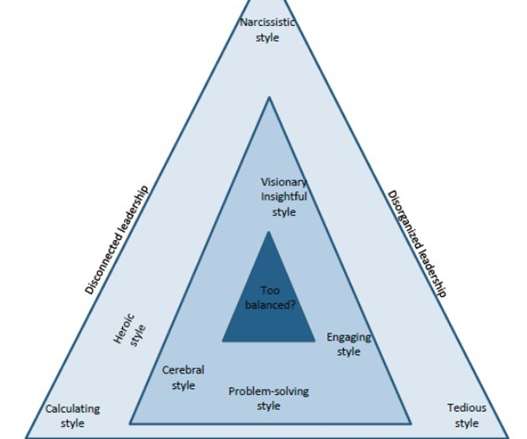First Look: Leadership Books for February 2019
Leading Blog
FEBRUARY 1, 2019
Welcome, Engaging Management Henry Mintzberg. Henry Mintzberg has culled forty-two of the best posts from his widely read blog and turned them into a deceptively light, sneakily serious compendium of sometimes heretical reflections on management. Bedtime Stories for Managers : Farewell, Lofty Leadership. Aaron Dignan.












Let's personalize your content